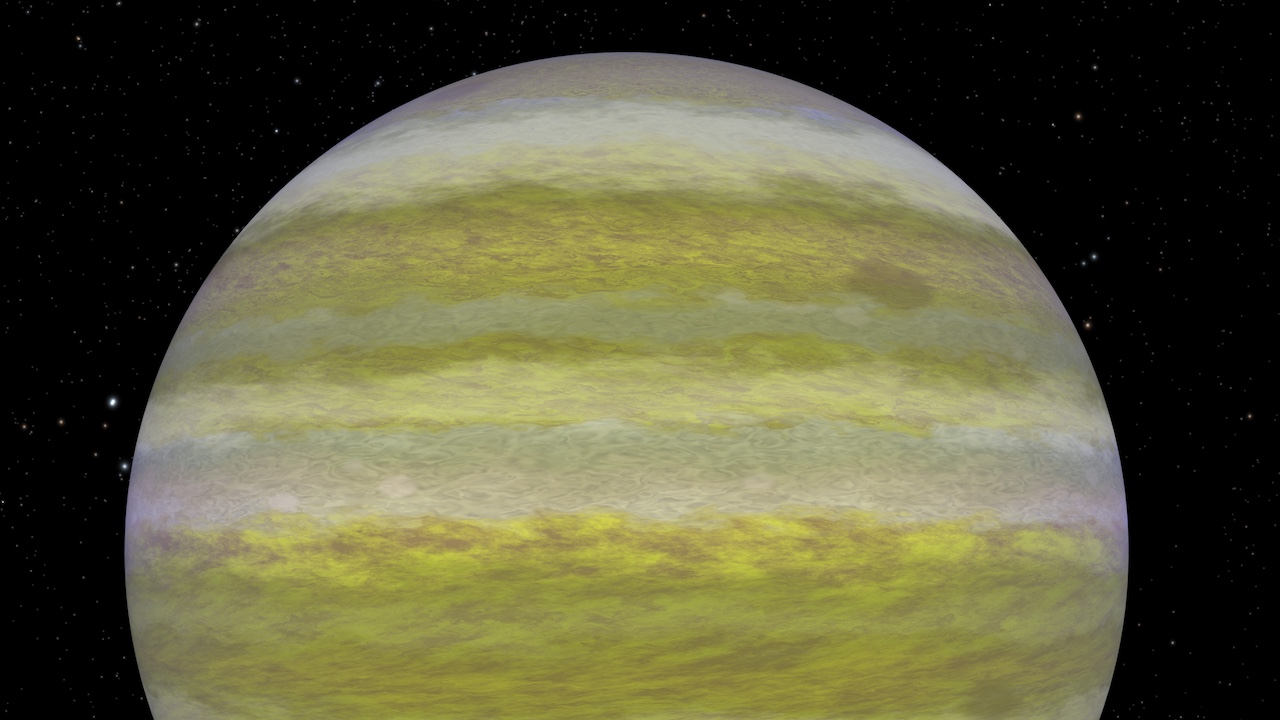2 min read

Planet: HD 213885b
The discovery: This planet orbits a "G"-type star, quite similar to our Sun, about 156 light-years away. It is nearly nine times as heavy as Earth, and 1.7 times as big around, placing it in the size-class known as "super Earth."
Date: Placed in NASA's Exoplanet Archive on Dec. 5, 2019
Key facts: This planet hugs its star so tightly that a "year" – one trip around the star – takes little more than a day. That means the star looms extremely large in its sky; the surface temperature on HD 213885b is about 3,400 degrees Fahrenheit (1,854 Celsius).
Details: The planet is one of two known to orbit the same star. The other, HD 213885c, is around the same "weight," or mass, as our own planet Neptune, with a roughly five-day orbit.
Fun facts: The discoverers of planet HD 213885b noticed an odd similarity to 55 Cancri e, a far better known, extremely hot super Earth that orbits another G-type star about 42 light-years from Earth. The two planets have similar masses and diameters, and receive about the same amount of radiation from their respective stars. They even have comparable temperature estimates, although 55 Cancri e is thought to be slightly cooler at around 3,064 degrees Fahrenheit (1,684 Celsius).
The discoverers: The two new planets were announced in November 2019 by an international scientific team led by Nestor Espinoza of NASA's Space Telescope Science Institute in Baltimore, Maryland. The planets were detected using the recently launched TESS (Transiting Exoplanet Survey Satellite).







